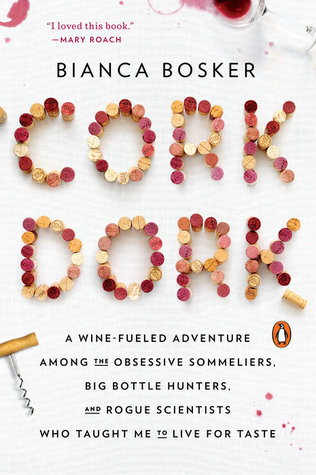More on this book
Community
Kindle Notes & Highlights
Read between
May 22 - June 7, 2022
I am so hopeless when it comes to physical activity and so content being bathed in the LED glow of the computer screen that my husband introduces me to his friends as an “indoor kid.”
Morgan plunged into the five key attributes that make up the “structure” of a wine: sugar, acid, alcohol, tannins, and texture, also referred to as “body.”
Thick, slow tears with clear definition suggest the wine has higher alcohol levels, where thin, quick tears, or wine that falls in sheets, hint at lower alcohol levels.
Next, spit it out or swallow. Place the tip of your tongue against the roof of your mouth, and pay attention to how much you salivate. A lot or a little? Swimming pool or sprinkler? If you’re not sure, tip your head forward so your eyes are facing the floor. If you opened your mouth right now, would you drool? If so, you’re tasting a higher-acid wine. If not, it’s likely a lower-acid wine. (The former tends to hail from cooler growing regions, and the latter from warmer areas.)
We produce saliva, which acts as a buffer to neutralize the harshness of the acid.
Warmer climates lead to riper grapes with a higher concentration of sugar, which, by the laws of fermentation, will produce wines with higher alcohol.
Tannins are more a texture than a taste, and therefore distinct from whether the wine is “dry,” which refers to the absence of sweetness. And yet, confusingly, tannins leave your mouth feeling dried-out and grippy—more like sandpaper for tannic wines (like young Nebbiolo), or like silk for low-tannin wines (say, Pinot Noir). Some tasters swear they can differentiate between tannins that come from grapes, which make their tongues and the roof of their mouths feel rough, and tannins from oak barrels, which dry out the spot between their lips and gums.
And since residual sugar can make wines more viscous, you can also sense sweetness by feeling out the weighty thickness or pillowy softness of a wine.
Opposites attract. Sweet wines play nicely with spicy foods; high-acid wines with high-fat foods; bitter, tannic wines with salt.
there are three key attributes that pros consistently consider when rating a wine: its balance, complexity, and finish.


